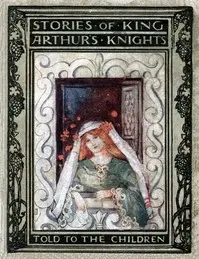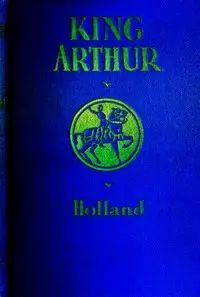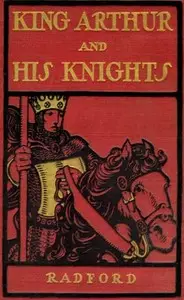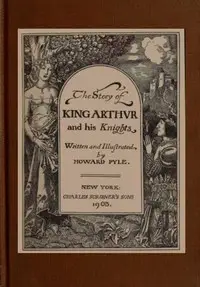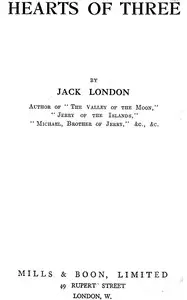"Stories of King Arthur and His Knights" retold from Malory's "Morte d'Arthur" by Thomas Malory, presents the legendary tales of King Arthur and his valiant knights. Opening with the secret birth of Arthur to King Uther Pendragon and the enchanting Igraine, guided by the wise Merlin, the story quickly moves to Arthur's miraculous claim to the throne by drawing the sword from the stone, a feat that only the true king could achieve. Embark on a journey of chivalry, honor, and daring quests, all while revealing the formation of the iconic Round Table where Arthur's celebrated knights pledge to defend justice and embody the highest ideals of knighthood throughout the kingdom.

Stories of King Arthur and His Knights Retold from Malory's "Morte dArthur"
By Thomas Malory
A prophesied king pulls a sword from stone, gathers brave knights, and sets forth on thrilling adventures filled with honor and destiny.
Summary
About the AuthorSir Thomas Malory was an English writer, the author of Le Morte d'Arthur, the classic English-language chronicle of the Arthurian legend, compiled and in most cases translated from French sources. The most popular version of Le Morte d'Arthur was published by the famed London printer William Caxton in 1485. Much of Malory's life history is obscure, but he identified himself as a "knight prisoner", apparently reflecting that he was either a criminal, a prisoner-of-war, or suffering some other type of confinement. Malory's identity has never been confirmed. Since modern scholars began researching his identity the most widely accepted candidate has been Sir Thomas Malory of Newbold Revel in Warwickshire, who was imprisoned at various times for criminal acts and possibly also for political reasons during the Wars of the Roses. Recent work by Cecelia Lampp Linton, however, presents new evidence in support of Thomas Malory of Hutton Conyers, Yorkshire.
Sir Thomas Malory was an English writer, the author of Le Morte d'Arthur, the classic English-language chronicle of the Arthurian legend, compiled and in most cases translated from French sources. The most popular version of Le Morte d'Arthur was published by the famed London printer William Caxton in 1485. Much of Malory's life history is obscure, but he identified himself as a "knight prisoner", apparently reflecting that he was either a criminal, a prisoner-of-war, or suffering some other type of confinement. Malory's identity has never been confirmed. Since modern scholars began researching his identity the most widely accepted candidate has been Sir Thomas Malory of Newbold Revel in Warwickshire, who was imprisoned at various times for criminal acts and possibly also for political reasons during the Wars of the Roses. Recent work by Cecelia Lampp Linton, however, presents new evidence in support of Thomas Malory of Hutton Conyers, Yorkshire.



